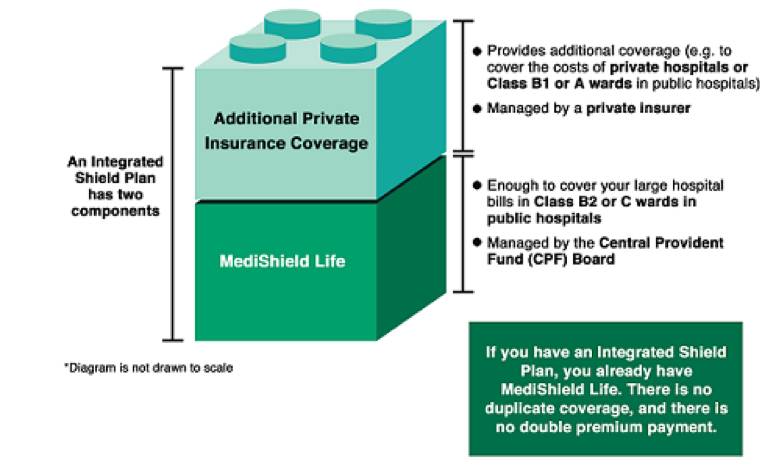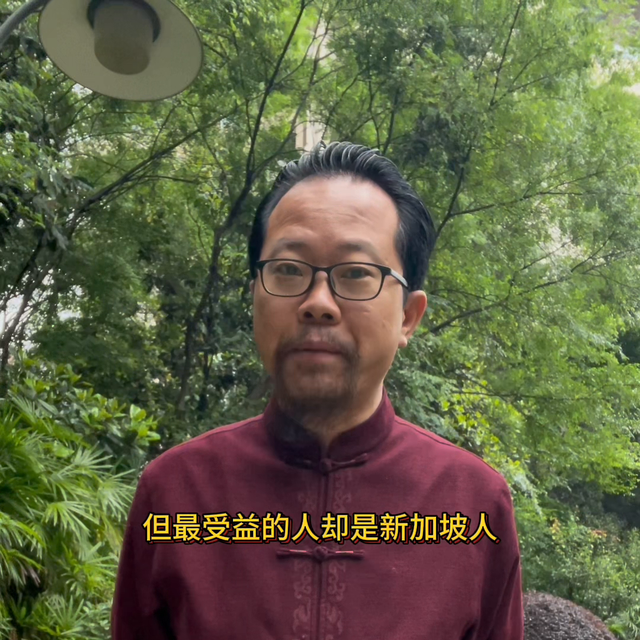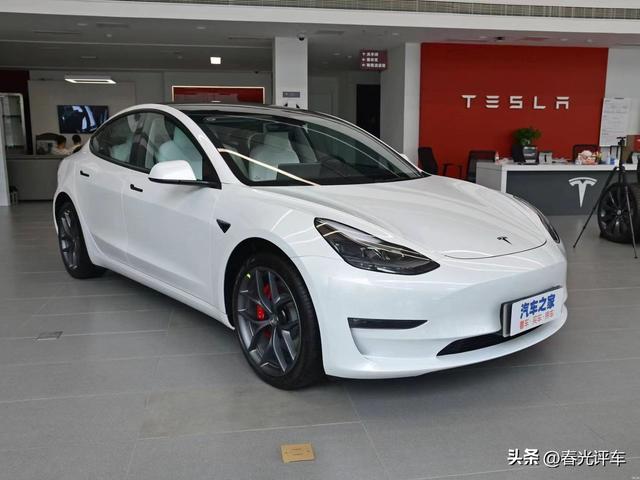新加坡如何做到低价优质的医疗服务?(一)
前几日听美国脱口秀,一个黑人女子吐槽美国医疗系统,说它suck。
口语里我们常听到suck这个词,表示“很糟糕、很烂”的意思。
她抖段子,说如果有一天她走在路上被车撞,断了一条腿,她会给自己订去英国的机票,而且是头等舱,她会坐在那要一杯可乐,再把她的腿放在另一个座位上,然后要一桶冰。她其实想说美国医疗费的贵。

那么今天,我们来看一下新加坡医疗是如何优质低价的。
以下内容来自2020年《财富》杂书
你能想像美国医疗系统提供比现在更好的服务,然而费用却能便宜75%吗?这个数字不是印刷错误,也不是虚构的;而是真实的有全民医疗保险的新加坡的状况。
新加坡的平均寿命为85岁,比美国的多出5年。几十年前,新加坡还严重落后于美国;而现在,这个城市国家的婴儿死亡率更低,其他医疗指标也比美国的好。新加坡的医生和医疗保健提供者和美国的一样好,和世界上其他任何地方一样好。
很多医生在美国或其他国家的顶级学校接受培训。新加坡一直在世界各地寻找最佳实践和尖端技术。
没错——新加坡的医院和诊所会毫不犹豫地购入最新最好的设备和装置。
来看看新加坡各种医疗程序的价格。在美国,心脏搭桥手术要花掉你(和你的保险公司)约13万美元。
在新加坡呢?1.8万美元。
髋关节置换要便宜72%,心脏瓣膜便宜92%。
那里的药品价格只是我们的一个零头。保险费很便宜——
20岁以下约为50美元,80多岁的老人一年只需一千多美元。此外,如果你养成了坏习惯,比如暴食或抽烟,那么你的保险费会增加。和美国不同,在新加坡,个人来付保险费用,所以它是灵活的,不受工作的限制。
因此,新加坡拥有强健的个人保险市场。
新加坡是通过压榨医生的工资来实现这一切的吗?不。
全科医生和专家的税后收入(新加坡的所得税率只是我们的一个零头)大致相当。并且新加坡的医生不会被医疗事故成本或花费大量时间填写保险单所困扰。
随着今年竞选活动的升温,医疗费用问题将再次成为焦点。不幸的是,我们将就这个问题,将我们今天的制度与某种欧洲风格的单一支付体系进行对比。
两种模式都和新加坡的不像。所以这个国家是怎么做到的?
下面附上英文原文:
Can you imagine the United States having a health care system that delivers better outcomes than those we get today at a cost that is 75% less?
That number is not a misprint or a fantasy; it's the reality in Singapore, where there is universal coverage.
Life expectancy is 85, more than five years better than in the U.S. Decades ago, Singapore seriously lagged the U.S; now, infant mortality is lower and other medical metrics in the city-state are also better than they are here.
Doctors and health-care practitioners are every bit as good in Singapore as they are here, or just about anywhere else in the world.
Many get trained in the U.S. or at top-flight schools elsewhere.
The nation is always scouring the world for best practices and cutting-edge technologies.
That's right—Singapore's hospitals and clinics don't hesitate to buy the latest and the best equipment and devices.
Just look at the prices of medical procedures in Singapore. In the U.S. heart-bypass surgery will set you (and your insurer) back some $130,000.
In Singapore? $18,000. A hip replacement costs 72% less and a heart valve 92% less.
Drug prices there are a fraction of ours. Insurance premiums are inexpensive—
about $50 for those under 20 years of age and a little more than $1,000 a year for those in their late 80s.
Moreover, if you pursue bad habits, such as overeating or smoking, your premiums go up.
Unlike in the U.S., individuals pay for the policy, so it's portable, not tied to their jobs.
Therefore, Singapore has a robust individual-insurance market.
Does Singapore accomplish this by underpaying physicians? Nope.
The after-tax incomes (Singapore's income-tax rates are a fraction of ours) of general practitioners and specialists are about equal.
And docs in Singapore aren't plagued by malpractice costs or countless hours spent filling out insurance forms.
As this year's election campaign heats up, the issue of health-care costs will come to the fore again.
Unfortunately, the issue will be cast as the system we have today versus some version of a European-style single-payer system.
Neither model resembles what Singapore does. So what does that country do?






















评论